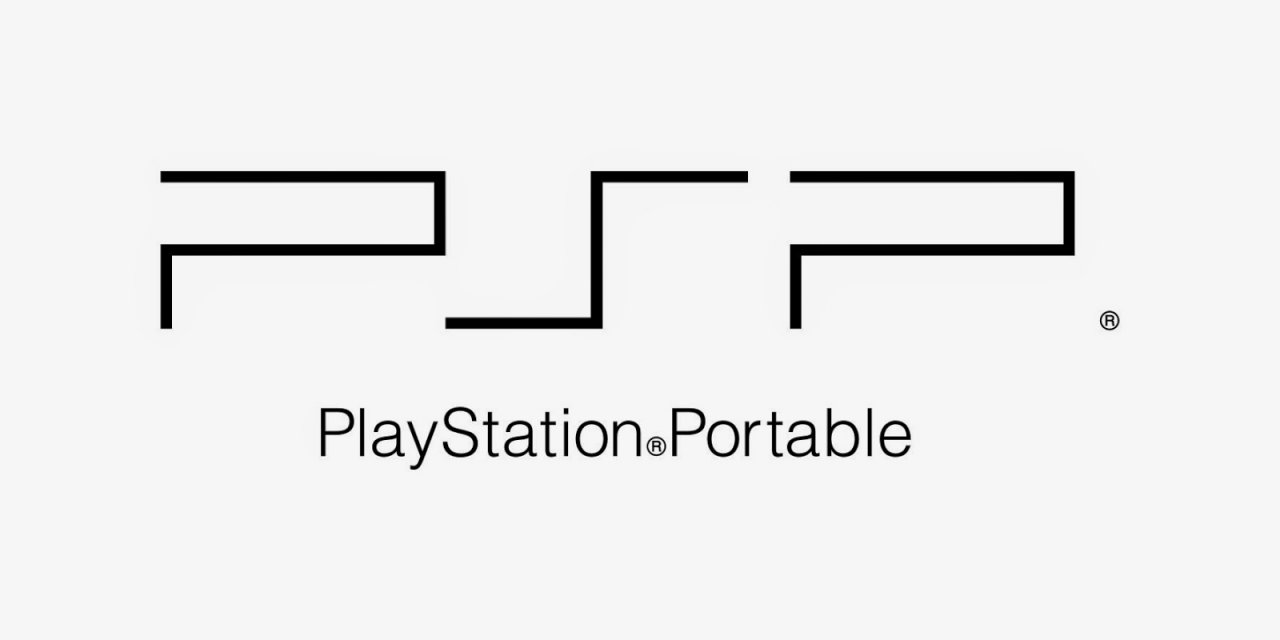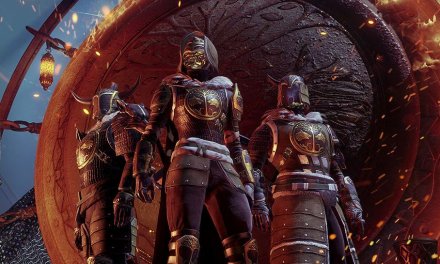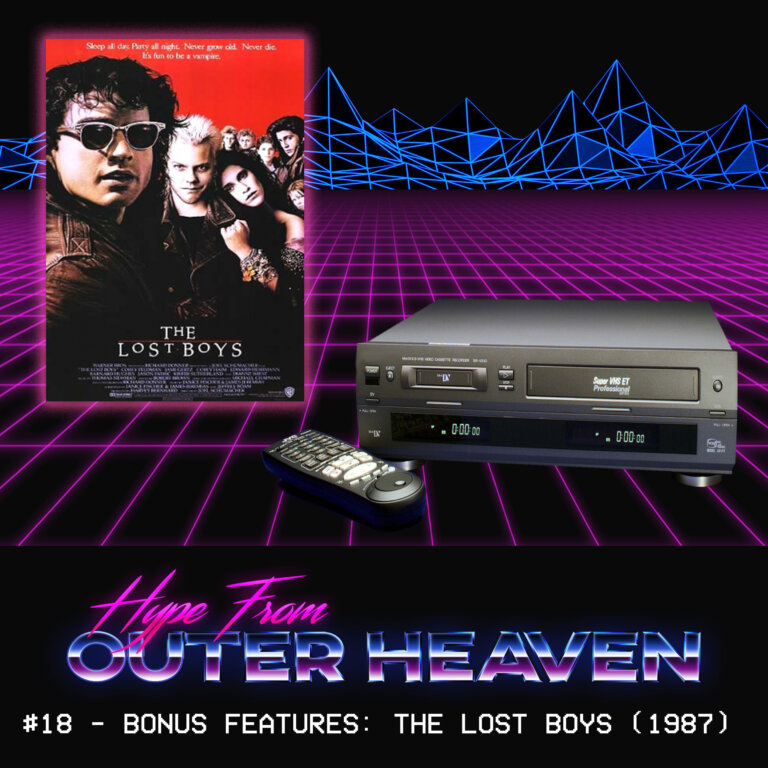The gaming world can at times be one of the most unstable markets to predict. What seems revolutionary at the time might not take off for a few years, and what may seem like the next big thing, might end up falling flat on its face. In Retrograde I’m going to look into the many past attempts of gaming innovation that tried to make its mark in the gaming world. Successes, failures, the niche, the hyped, and the releases that were dead by the time they reached the market.
Gaming got to where it is today because of these attempts, lets see how.
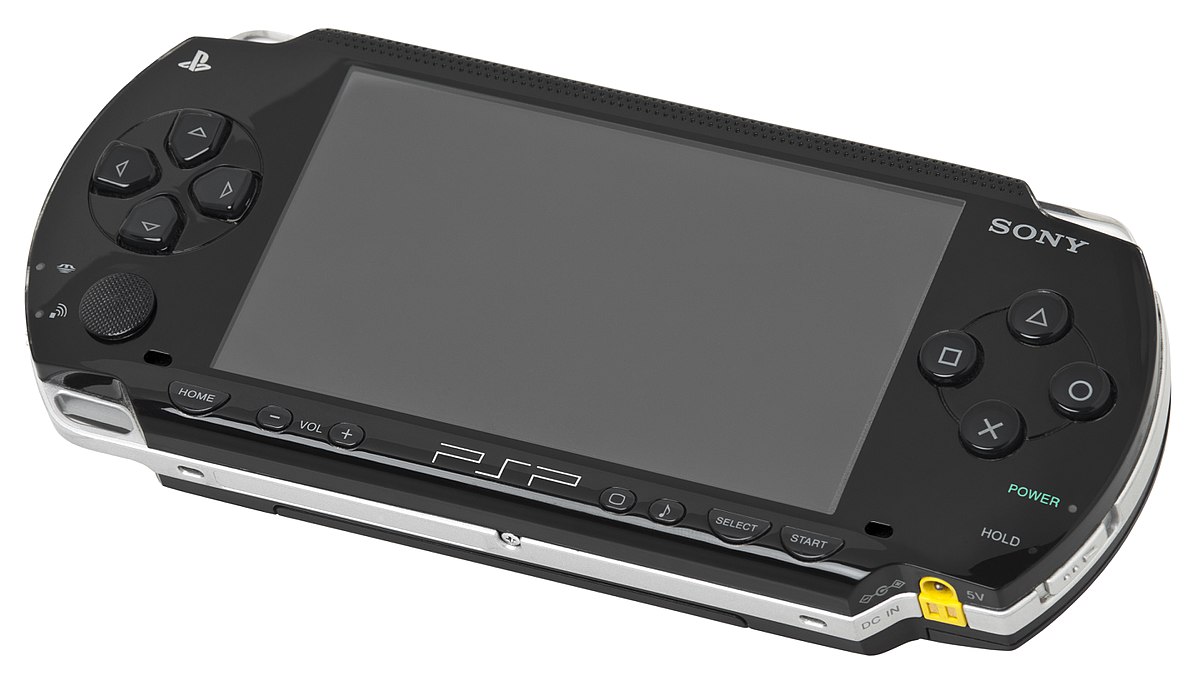
When the GameBoy was released in 1989 it took the world by storm, and over the next 15 years it remained pretty much unopposed. Sure there were attempts such as Segas Game Gear and Ataris Lynx, but Nintendos grasp on the handheld was too strong. However in 2003, Sony announced they were also working on a handheld. Following Sonys impressive track record with the Playstation 1 and 2, and the promise of being a portable media powerhouse, Nintendo now faced a real contender in the portable gaming world.
The legacy of the Playstation portable is one of the more difficult consoles to grasp. At its release it was a media powerhouse that did what no other portable device could do, but ask anyone who had one and the best you’d get is “oh yeah, I had one of those, they were pretty cool”. The PSP doesn’t get the same ‘fond memories’ treatment of its Game Boy and Nintendo DS rivals, even though it came out around the same time as the Nintendo DS. Nostalgia definitely plays a part in the Game Boys legacy, and the overall appeal and success of DS is probably why we remember it better. But the PSP wasn’t bad was it? Just because we remember one better doesn’t mean its competition should be considered unsuccessful.
The PSP was released at the end of 2004, although Europe wouldn’t see it until September 2005, and was released around the same time as the Nintendo DS. Looking back the PSP was extremely impressive for its time. It far surpassed the original PS1 in terms of power, and depending on what way you look at it was nearly up to spec with the PS2 which was only released a few years prior. To me the PSP remains one of the best feeling devices I’ve ever held. It’s got this industrial look and finish to it, has a nice weight and just feels well built, like they’ve crammed as much hardware in there as they can. The controller layout was similar to that of the Game Boy Advance before it, d-pad one side and buttons on the other. Sony added an analogue stick and shoulder buttons to the layout, as well as volume, media and home buttons to the bottom. Instead of a conventional power button Sony opted for a switch that could put the device in and out of sleep mode, so you could get it out your bag and get straight back into gaming. One of the PSPs major features was that you could add your own music, pictures and movies using a memory stick, effectively turning your PSP into a portable media player. UMDs were the media storage of choice for the PSP, custom built minidisc style discs that could hold 1.8GB of Data, surpassing the Nintendo DS 512MB. Sony also pushed UMDs for movies, so you could buy a UMD instead of a DVD and watch it on your PSP on a long journey. Connection wise the PSP had WiFi included, which sounds pretty standard by today, in fact most of these features are pretty common not just in consoles, but in most handheld devices you’d pickup these days.
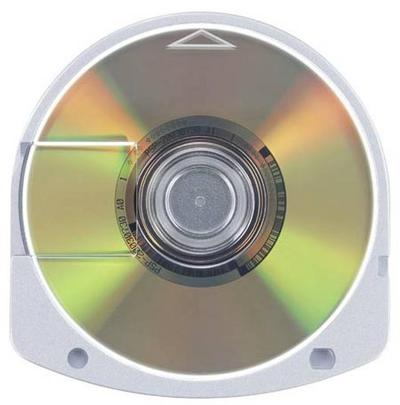
Tiny disc, a lot of data
What you need to remember about all this though, is that this was 2004. The best phone on the market was the Motorola RAZR V3, the iPhone wouldn’t be released for 3 more years and even then the original iPhone paled in comparison to potential of the PSP. iPods had been around for a bit by this time – but again, they were simple audio players, sure it only a year later the iPod video was released, but getting video content on ipods was notoriously tedious to do if you didn’t buy it direct from Apple. WiFi may seem like a no brainer also, but even the Xbox 360, released a full year after the PSP came out lacked built in WiFi. The PSP was extremely ambitious with everything it had to offer and this wasn’t like the Dreamcast which tried trends that wouldn’t take off for a few years. The PSP had features that were taking off at the time, it was the dawn of the smart device and the PSP was one of the best equipped devices out there.
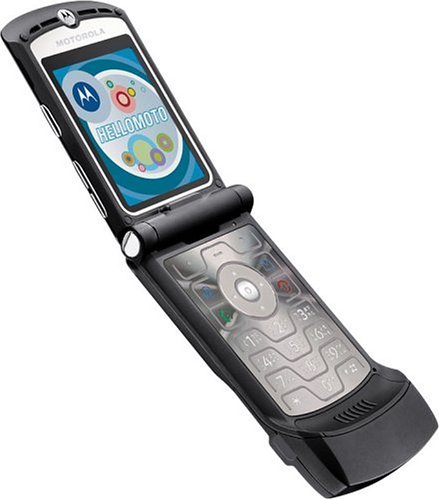
The future of mobile tech in 2004
This all draws me back to original question, why do we not have fond memories of the PSP compared to his Nintendo rival?
Well for one thing, I don’t remember the PSP being very popular upon release, which could be down to pricing. The PSP cost £179 / $249, which was £80 / $100 more than what the DS was being sold for. In fact back at school I remember 2 people having one, as nearly everyone else had a DS. The DS was generally seen as the trendier fun alternative, with its dual touch screens, microphone and cool clamshell design is how Nintendo won me over, and I’m sure I wasn’t the only one. The PSP often poised itself a ‘real gamers’ console, and the DS was often considered a typical ‘baby Nintendo’ console, a trend that still continues to this day. The PSP tried to appeal to a more serious market, a market that wanted real games and real media entertainment to take with them on the go, and it had games, it had some real good games such as God of War and Gran Tursimo, and not to mention the large list of PS1 classics you could download. But these just weren’t winning people over. The appeal of the DS, with fun new ways to play, along with its array of first party support was just more enticing than Sony’s game block. This also marks the era Sony’s marketing team started doing drugs. Compare Nintendo’s ‘Touching is Good’ to Sony’s ‘It’s a nut, you can play, outside’ and would continue on with the infamous PS3 baby commercial.
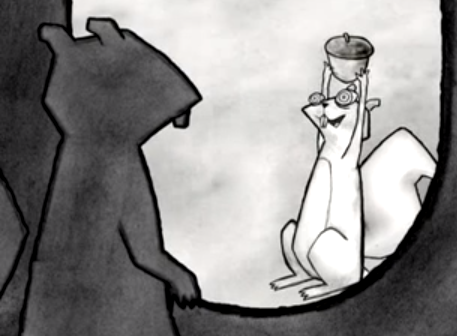
“It’s a nut, you can play, outside” – This was a real advert
If we were to judge the PSP on its own merits and not on how popular it was, I would rank it as a very strong and capable machine. It did a lot right and had didn’t stray from the path similar to the PS2 before it. What it did, it did well … for most part. For a start let’s talk about that control layout, more particular that analogue stick. It felt like a small rough disc that slid around instead of pivoting side to side like the actual Playstation controllers. It was extremely uncomfortable to use and I’d seen many cases where it’s actually snapped off the device. And if you got a bit sweaty, good luck getting any grip with it. The console also lacked L2/R2 buttons which wasn’t a massive deal breaker, as most handhelds still don’t (for some reason), but when it came to playing ported PS1 games it became awkward using alternative controls. Another issue the PSP had was the UMDs themselves. As it was optical media it was painfully slow to load on certain games and some could have you waiting a chunky 30 seconds for the game to reload the last checkpoint. The UMDs were loaded in the back of the PSP and in certain cases over time the lid refused to stay closed, or would pop open and send your UMD across the room. But let’s say you don’t need UMDs and you’re just going to download games anyway? Stick in a Pro Duo memory card and you’re good to go, and a 16GB card will cost around £17 – in 2018. While online I found a forum from 2005 where a user bought a 1GB card and was ‘only’ £86. Of course this memory stick would be the source for all your music, movies and gaming content, but the price was just ridiculous.
The PSP would see a few more iterations as the years went on, the ‘slim and light’ and the PSP-3000 were just cut down slimmer versions of the original, with an odd E-1000 Europe only version released much later on in 2011. It was considered a ‘budget version’, but had with no wifi which always made no sense to me as you could just pick up a second hand original more capable PSP for a lesser price. The PSP Go was another strange iteration which was a smaller slide style device with no UMD drive. The idea being you’d download games straight onto the device from the PSN store, an idea that made the PSP Go a bit of a failure back then, but these days is actually quite commonplace amongst home consoles. On a side note there was a PSP released by Sony in 2011 that wasn’t a PSP at all, the Xperia Play was an Android smart phone that had a similar design to the PSP Go with its slide out gamepad, but was a fully functional phone and is one of my favourite phones ever made, but that’s a story for another day.
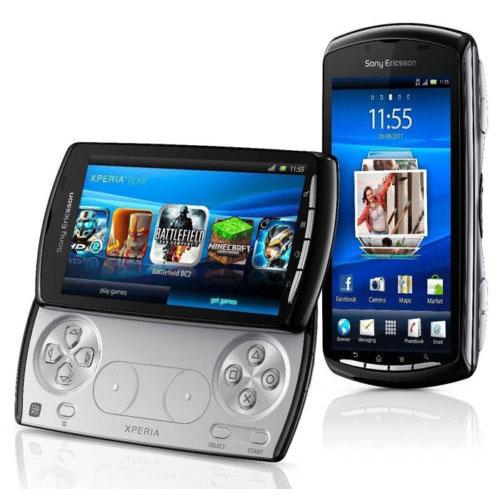
The ever rumored “Playstation Phone”
So was the PSP a failure? Why do we not cherish and love it compared to our game boys of the past. I think the simple answer is it didn’t leave an impression on us. Everything it had to offer surely was amazing and high tech, but it was simply that, high tech and no charm. It was a block of gaming fun, something that looked luxurious and well-built but had no holding power or fun features we really enjoyed. Similar to the Dreamcast in my last article, it goes to show that no matter how ahead of the time you are it’s the current trends and how you promote your ideas that really matters. In all though, I think it’s unfair to call the PSP a failure, it sold around 82million units, which as it stands it the 8th best selling console, above the likes of the Nintendo 3DS, the Xbox One and the Super Nintendo. The PSP was a strong effort by Sony and I think the console doesn’t get appreciated as much as he could’ve, and this is without even going into the homebrew community as the PSP, when hacked, became one of the best portable emulation consoles to play all your old mega drive and Snes games out there.
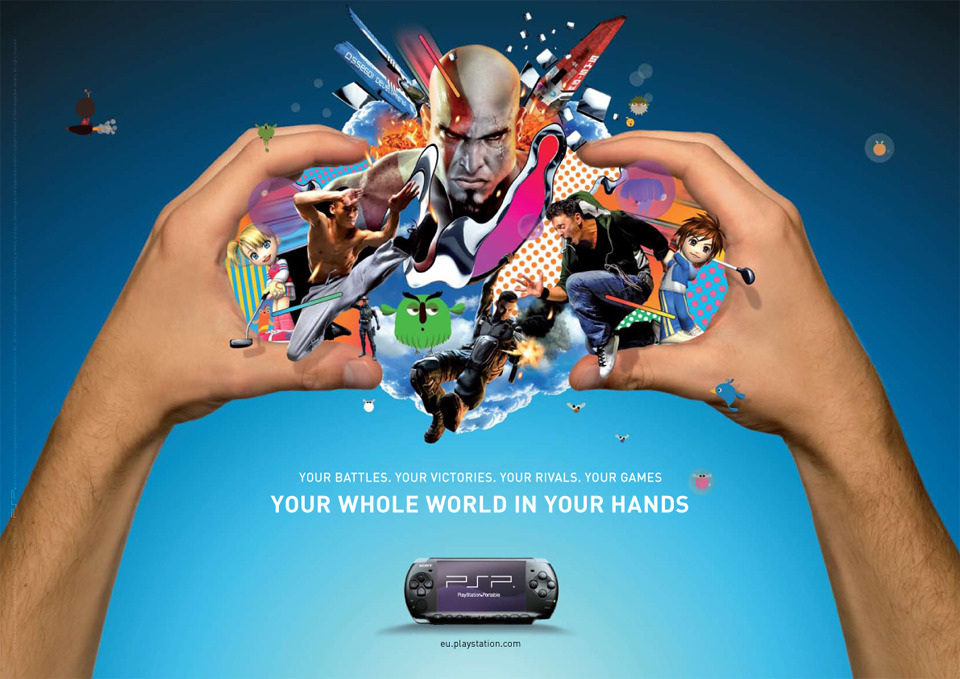
Sony would learn over the years that it’s not just about raw power and entertainment possibilities, but it’s all about the games and getting players involved to have fun with new ways to play. So in 2011 Sony released the PS Vita – a console that went one step forward then didn’t do anything for 7 years and now it’s 2018 with still very few reasons to actually own one, maybe they’ll get it right next time?

